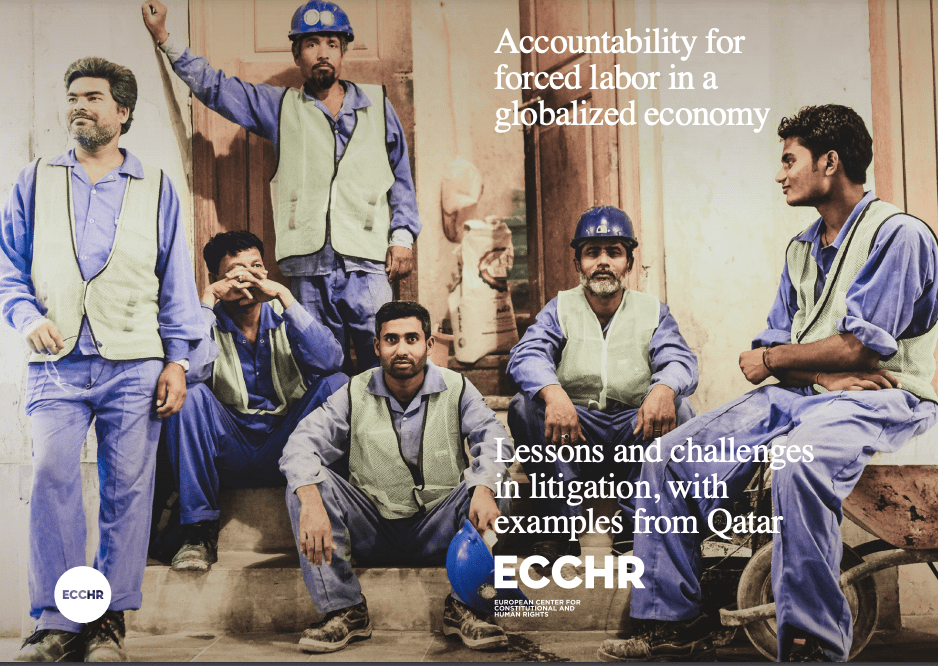
Accountability for forced labor in a globalized economy
Close to 25 million people in the world are currently in forced labor, according to figures of the International Labour Organization (ILO).1 Among the most vulnerable in society, they often include women and children, people with little to no formal education, and migrants. Most migrant workers come from marginalized situations, setting out abroad with the hope of earning an income to feed themselves and their families. For many, reflects activist Shahidul Alam,“migration offered an opportunity to change their lives. It was risky, uncertain and certainly hard, but it was a risk they were prepared to take. The absence of choice made the choice simple.”
The topic of forced labor has received increased public attention through reporting on the massive expansion of construction projects in Qatar ahead of the 2022 FIFA World Cup. However, the phenomenon of forced labor is not limited to the Gulf region, which represents only 1.4% of the total forced labor registered worldwide, compared to 66.6% in the Asia-Pacific region. The highest prevalence is found in the Asia-Pacific region (4 people per 1,000) and in Europe and Central Asia (3.6 people per 1,000). While current heightened attention on the Gulf risks distorting the perception of the global extent of the problem, it has, at the same time, produced a significant amount of data and analysis that can facilitate further interventions for change in the Gulf region and beyond.
This report discusses the findings of the European Center for Constitutional and Human Rights’ (ECCHR) investigation into labor abuses and forced labor in the construction sector in the Gulf, with a focus mainly, though not exclusively, on Qatar. It focuses on the legal responsibility of companies, specifically European transnationals, for forced labor along their labor supply chains. It discusses possibilities for holding these actors accountable and structural reasons why cases of labor exploitation and forced labor often enjoy impunity. Based on these findings, using our research from Qatar as an example, it makes suggestions for civil society advocates and other stakeholders, including companies and governments, on how to move forward in the struggle to eliminate forced labor and other forms of extreme labor exploitation.
Read more here.
